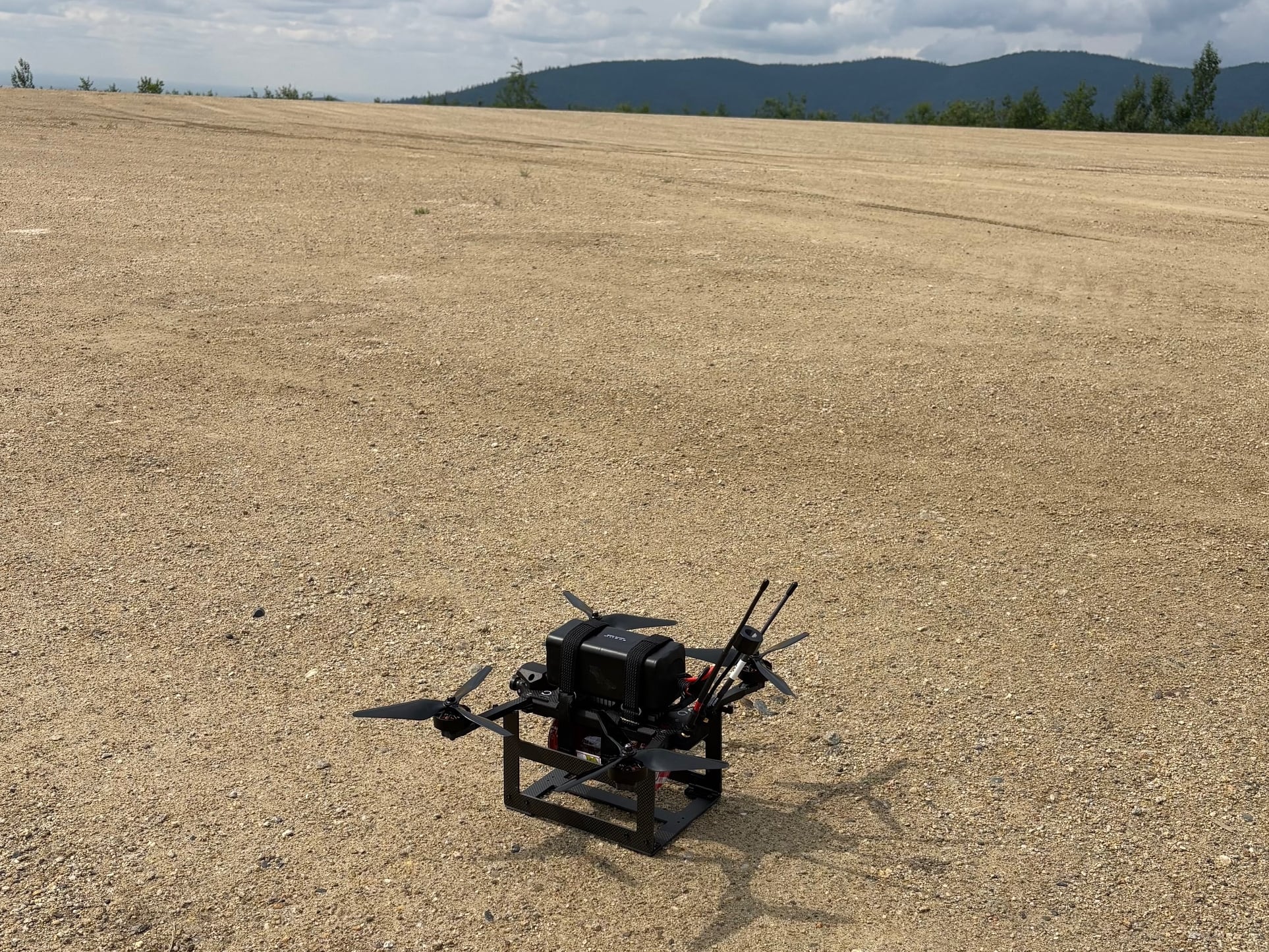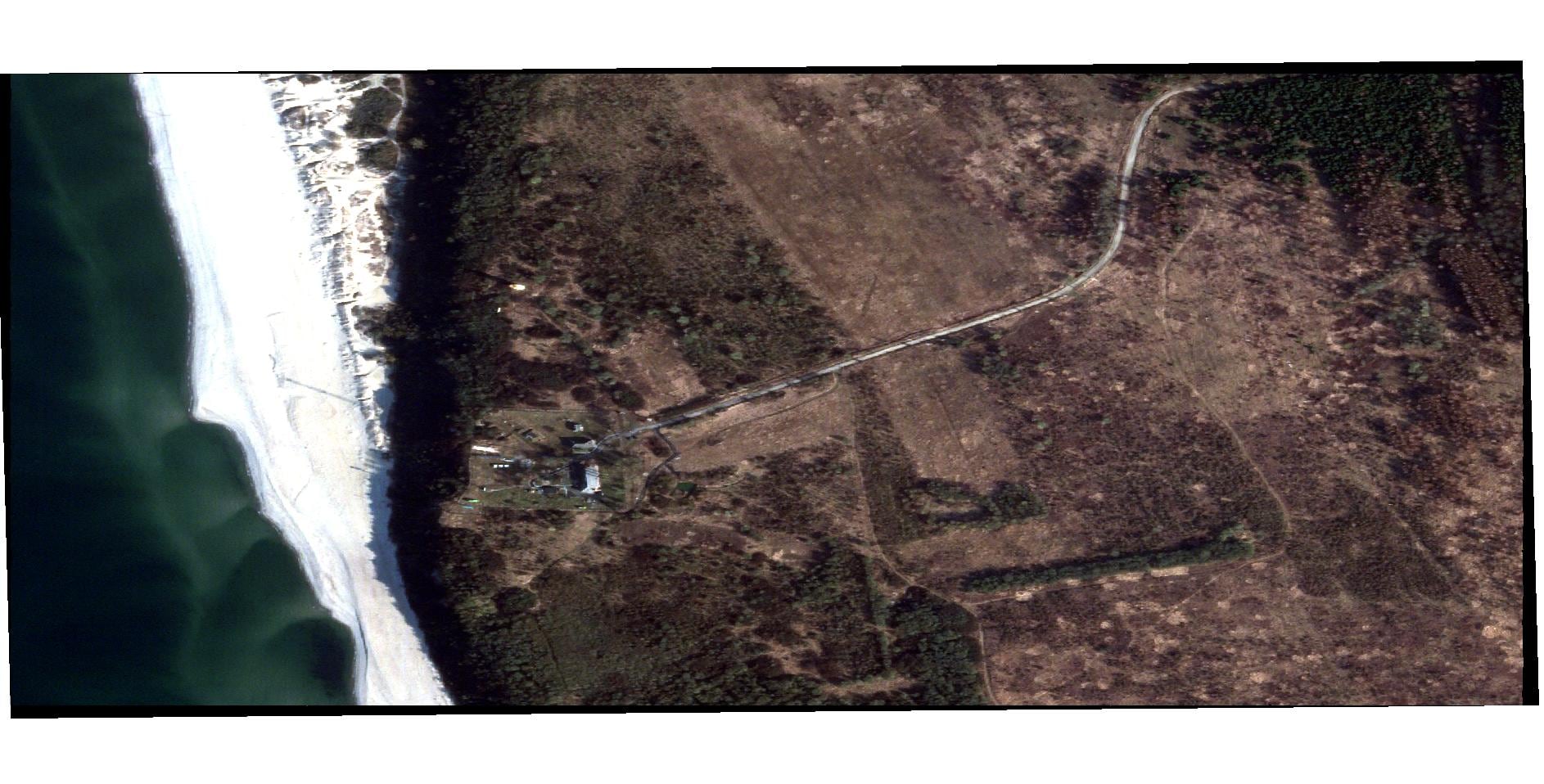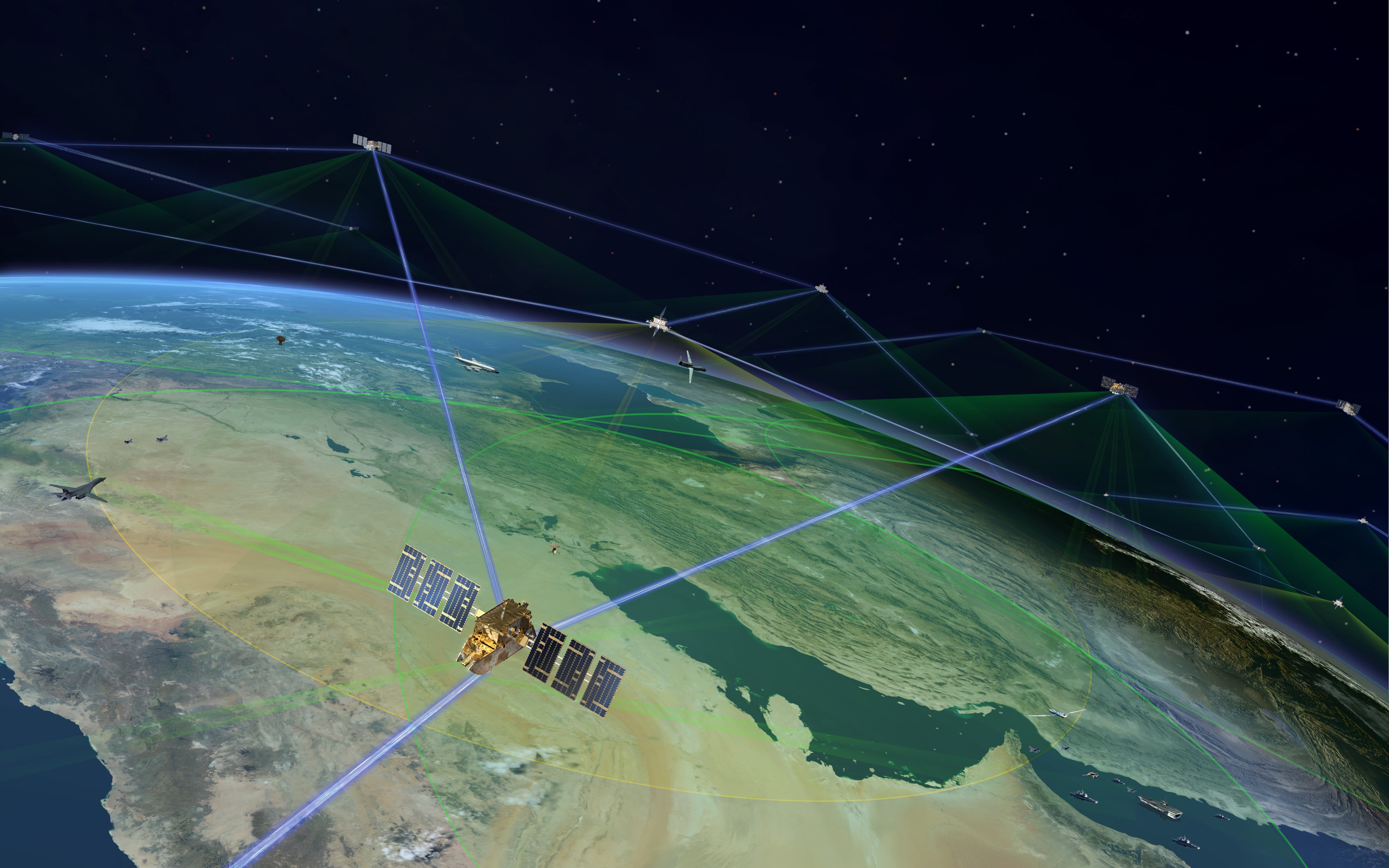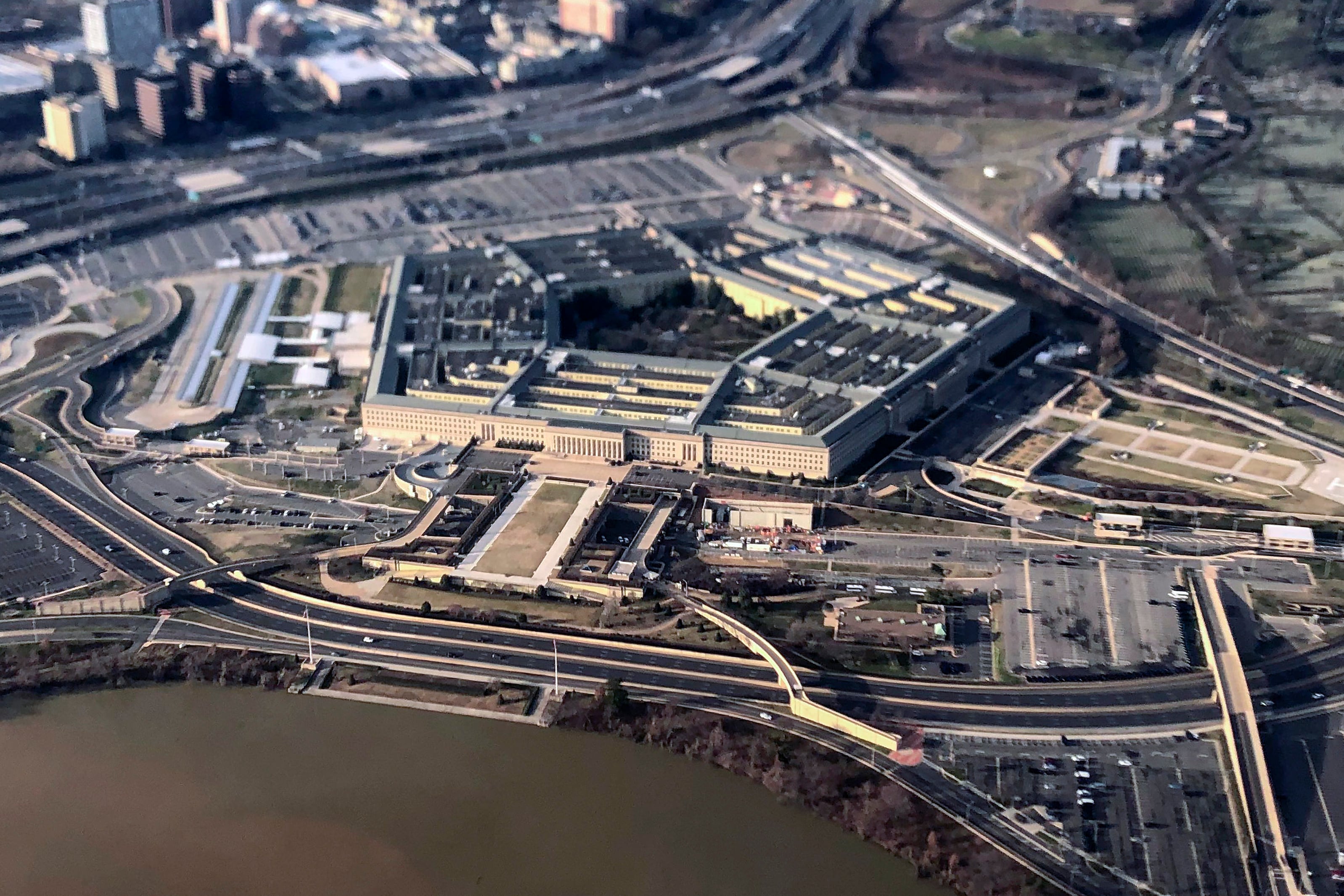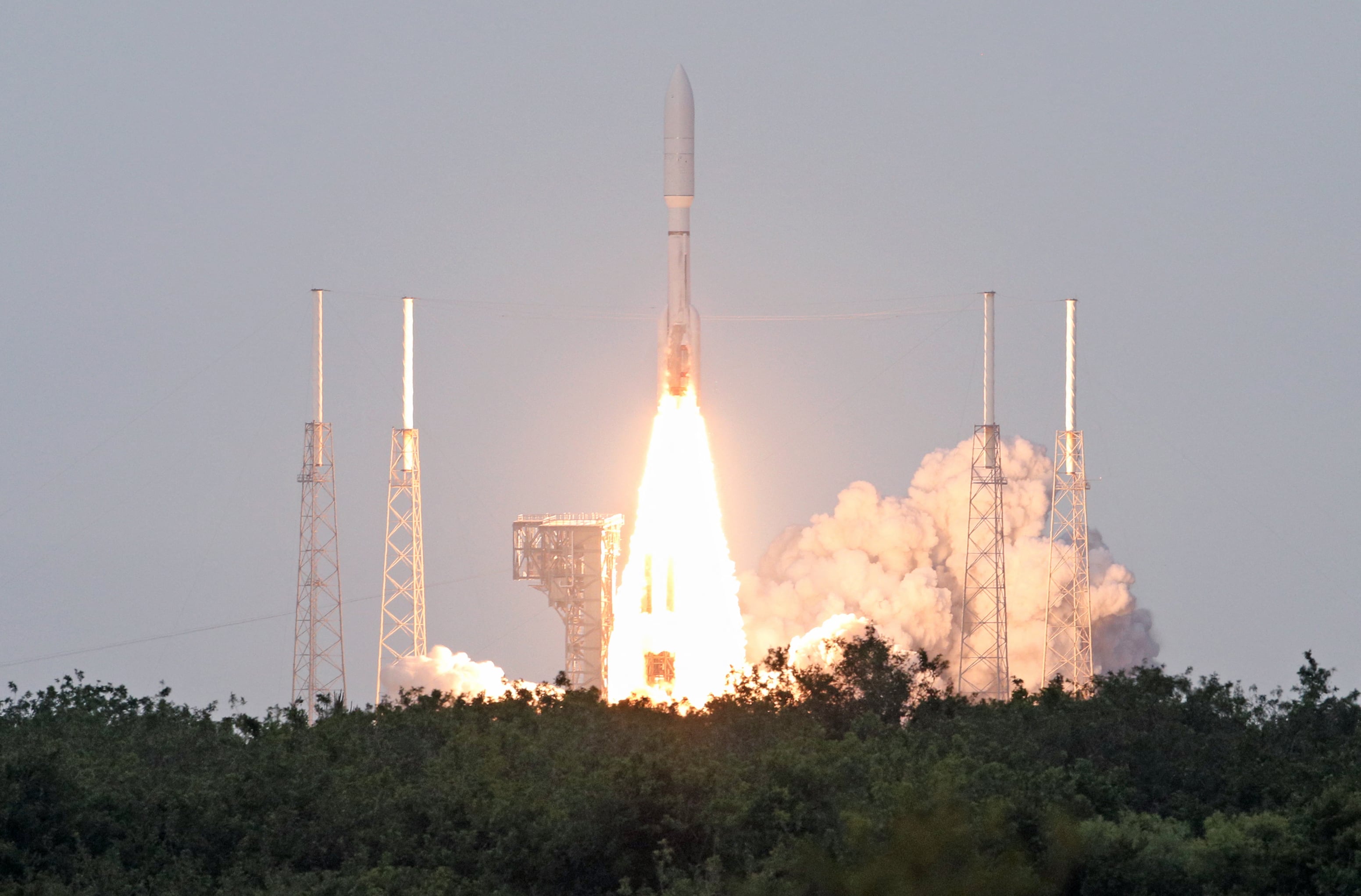The National Geospatial-Intelligence Agency is looking to create new partnerships that will close gaps present in tracking North Korea's expansion of their missile arsenal. The agency coordinates satellite-based mapping and intelligence for the government, but has had trouble with some coverage over North Korea.
As a result, the government has worried that missile preparations in North Korea will go unseen, leaving the United States, South Korea, and Japan unprepared. This worry set off a search for ways to improve the early warning abilities that allow the U.S. to strike missiles still on their launch pads, according to the New York Times.
"It's a very challenging target," said Raj Shah, director of Defense Innovation Unit Experimental. "The key is using technologies that are already available, and making the modifications we need for a specific military purpose."
One solution being explored is the project "Kill Chain." Inherited from the Obama administration, the project is looking to modify the tiny, inexpensive civilian satellites that are used to count cars in parking lots and monitor crop growth for government use. The timeline for this project is ambitious, asking for the satellites to be complete and ready for use by the end of this year or the beginning of the next year.
The satellites' modifications must allow for both radar data and traditional imaging. In addition, the satellites need to be able to detect launch preparations through a near-constant presence; see through all kinds of weather conditions, foliage,= and camouflage; and detect movement of military gear.
These satellites, launched in clusters, will offer much-needed coverage, staying in orbit for a year or two while overlooking North Korean launch sites, nuclear facilities and manufacturing capabilities, while allowing for preemptive destruction if conflict erupts.
North Korean president "Kim Jong-un is racing — literally racing — to deploy a missile capability," NGA Director Robert Cardillo said in a previous interview with the New York Times. "His acceleration has caused us to accelerate."
Rachael Kalinyak is an editorial intern with Network Solutions.

